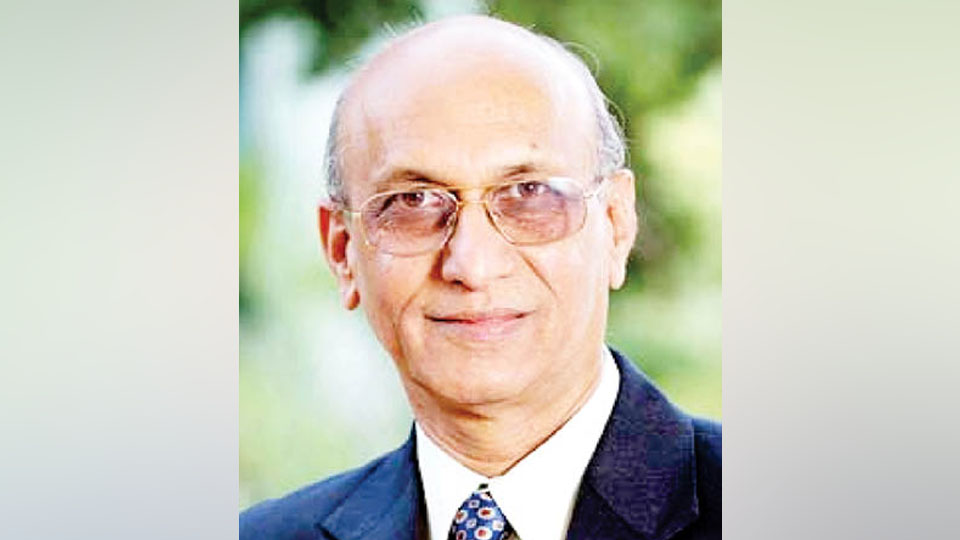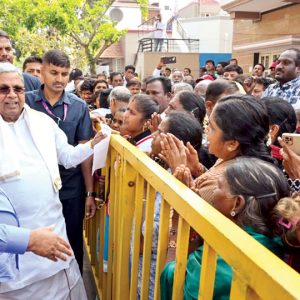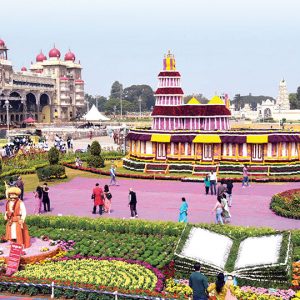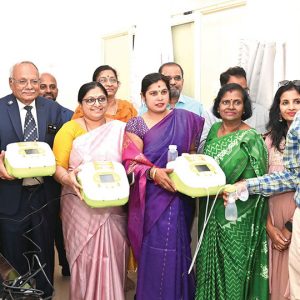From Tanpura to Jaguar, Raj Narayan’s Radel uses microprocessor digital technology. He was a performing musician, having played the flute at the national level on radio, and had developed an electronic sruti box.
Thus was born his first venture in 1979 — Radel Systems that later became Radel Electronics, which makes electronic sruti box, digital tanpura, digital tabla and talam meter.
Raj Narayan, hailing from a family of musicians, got fascinated by aeronautics as a child and wanted to be an aerospace engineer. Narayan, who on graduating in electrical engineering from BMS, Bengaluru, wanted to do a Master’s from the IISc, but was told by its then Director Satish Dhawan that he did not qualify as he was not a rank holder.
Seeing his enthusiasm, Dhawan suggested Narayan to join public sector HAL. Narayan was in HAL’s design department, but within 10 years he found it frustrating. During his stint at HAL, he also obtained a Master’s in electronics from IIT-Madras.
With his exposure to electronics and of integrated circuits and miniaturised high-reliability design, Narayan realised that he had to branch out into a commercial consumer-oriented industry. It is this business that also helped him branch out into making aircraft parts for the Defence sector. All the products were designed in-house by him.
Later, Radel started recruiting engineers and training them. The engineers could not relate to the work they were doing as most of them did not have a background in music. Even though the instruments adopted embedded software design and applications, it did not appeal to engineers.
Electronic design was his forte and he floated Radel Advanced Technology Pvt. Ltd., to tap opportunities in the Defence sector. Both the companies share infrastructure in Bengaluru’s Electronics City.
Musicians need to be more tech savvy, says inventor of e-musical instruments. An accomplished flautist, Narayan was attracted to finding an electronic solution to his problems of practising classical Karnatak music at home in 1970.
This resulted in the development of his first home-built electronic sruti box, which was demonstrated along with electric veena in 1971, subsequently Digital Veena synthesiser.








Recent Comments